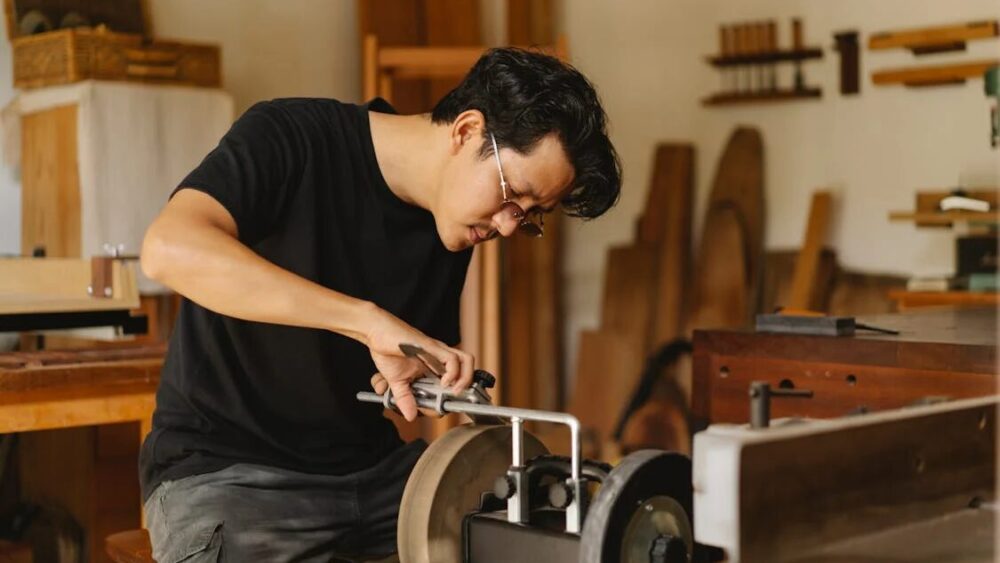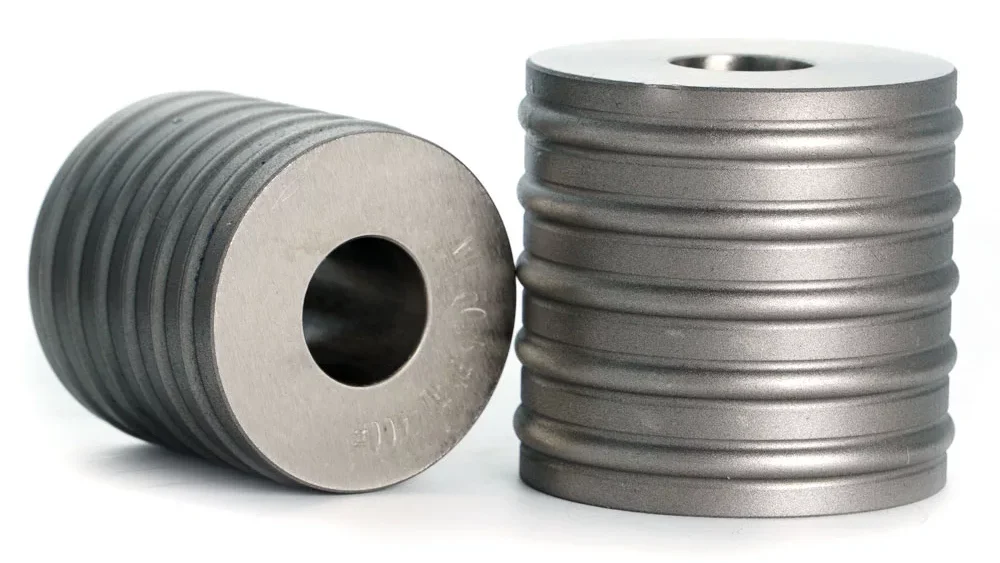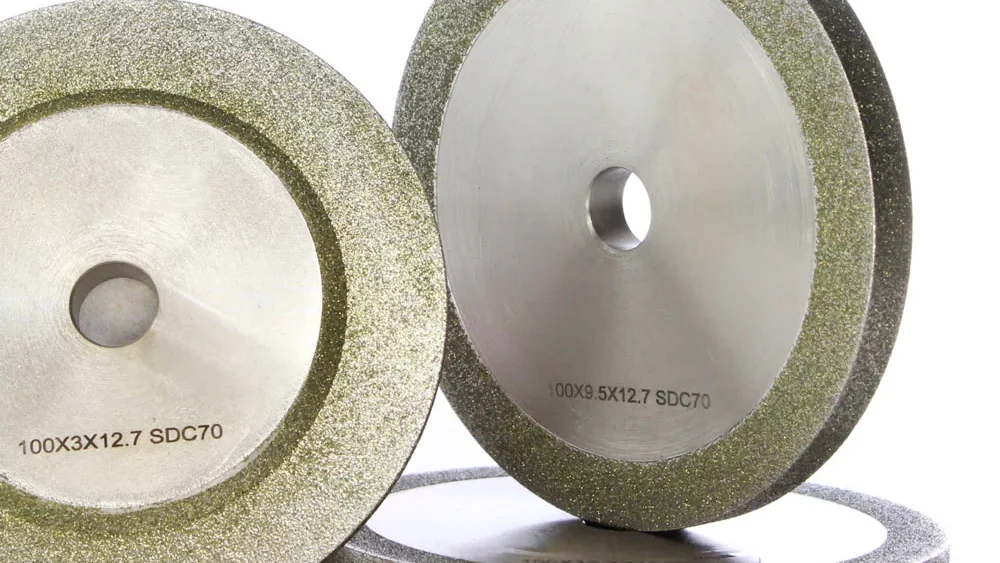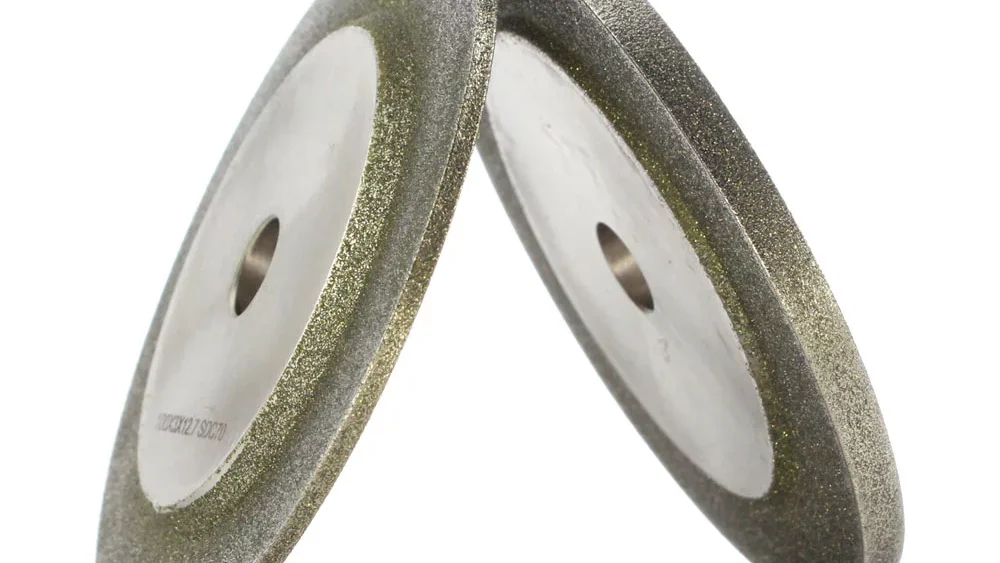
Grinding Wheel Stalling
Stalling of the grinding wheel is a situation in which the wheel stops suddenly or goes on at a slow speed during operation. This may occur because of various reasons that put more load on the grinder’s motor and might even cause damage. Grinding wheel stalling also halts your work speed and consequently slows down the whole grinding process.
Causes of Grinding Wheel Stalling
1. Using an Incorrect Wheek Size
Indeed, a grinding wheel that is too big for your wheel forces the motor to overwork and, in fact, to overheat and stall. This excess load on the motor results in overheating and stalling with potential permanent damage. It is always advised to stick to the size of the wheel that is recommended in the manual of the grinder.
2. Material Overload
The refusal of the act of grinding a substantial amount of the material, because it intends to press harder on the motor is what results in the motor’s stalling. Imagine pressing a car that is packed with heavy weight. Show some finesse and do not try to remove the material on the first stage. Instead, use a lighter touch, and cut through the material gradually to relieve it of stress. The motor can work efficiently in the meantime thus does not stall.
3. DULL OR GLAZED GRINDING WHEEL
When you are grinding a lot, the wheel inevitably loses some of its sharpness and becomes dull. This glazed surface creates more heat in the grinding, making the motor have to make more power. So, the extra work can cause grinding wheel stalling. Therefore, more grinding can reduce its effect. Maintaining the cutting surfaces by proper wheel dressing with the help of a dressing stick or diamond wheel truing tool is essential to keep the surface well and prevent grinding wheel stalling.
4. INSUFFICIENT POWER SUPPLY

When you are grinding a lot, the wheel inevitably loses some of its sharpness and becomes dull. This glazed surface creates more heat in the grinding, making the motor have to make more power. So, the extra work can cause grinding wheel stalling. Therefore, more grinding can reduce its effect. Maintaining the cutting surfaces by proper wheel dressing with the help of a dressing stick or diamond wheel truing tool is essential to keep the surface well and prevent grinding wheel stalling.
5. WORN-OUT MOTOR BRUSHES
Commonly used brushes are those in grinders, which are in constant contact with the commutator the motor uses to transmit electrical current. Worn brushes happen when these brushes contacts, over time, wear off. As a result, the device becomes less efficient electrically and that’s when grinding wheel stalling starts. They typically appreciate a 30 reduction of power and the fact that the motor has to overcome the orbit to be able to continue with its full power. The motor’s choking can be evidenced in the form of a lack of power during the grinding of the product.
6. FAULTY ELECTRICAL CONNECTION
Motors in a grinder have beneath them conductive metal to deliver power. The loose or corroded wires will make the flow slower and in this way relationship the delivered power to the motor will be decreased. Any fall in power might lead to grinding wheel stalling, for instance during a load operation. Regularly checking and adjusting milling machine electrical systems for tightness and resistance can help you overcome the problem. Use the right size of the grinding wheel which should be bonded to the motor only afterwards you put on the rest of the processes if necessary always see the instruction book on the user manual.
HERE’S HOW TO PREVENT GRINDING WHEEL STALLING

CHOOSE THE RIGHT WHEEL SIZE AND MATERIAL
Grinding wheel stalling may look like a problem that occurs only during cleanup. In fact, it would be best to choose a grinding wheel accordingly. Never use a wheel which is larger than the precautioned limit, for it would cause strain on the motor or a wheel smaller than needed for a task.
Another thing to take into account is the material you are using. Compounds of varying hardness and strength of the wheel are required for various materials. A more refulgent one like wood might necessitate a coarser-girt, softer wheel, whereas harder objects like steel are benefited from a less-compacted one, wheel. An error in wheel type selection can result in the occurrence of more friction and the possibilities for ground wheel stalling are high.
Apply Even Pressure
Cover the Wheel Regularly
Choose the Correct Power Supply
Perform Regular Maintenance

It goes without saying that like power tools, your grinder will run smoothly with regular maintenance needed to avoid the motor’s stalling and to optimize the motor’s performance. Perform periodic MEIs that suggest where to look for signs of wear and tear that may cause stalling. Here are some basic maintenance tips that you would need to zero in on:
- Motor Brushes: Old brushes can prevent the efficient functioning of the motor. Carefully check the brushes for signs of wear before you decide to replace them depending on the manufacturer’s recommendations.
- Electrical Connections: Insufficient electric power can be a result of loose or corroded electric connections. Observe all the connections closely ensuring they are securely attached with no signs of corrosion. Wash and belt them for the rest of the time.
- Other Components: Seek advice from your grinder’s guide for exact maintenance instructions. Like this for example, inspect bearings, gearboxes, and other internals for signs of wear and tear. Thorough servicing is the best way to discover the possibility of these problems.
Conclusion
